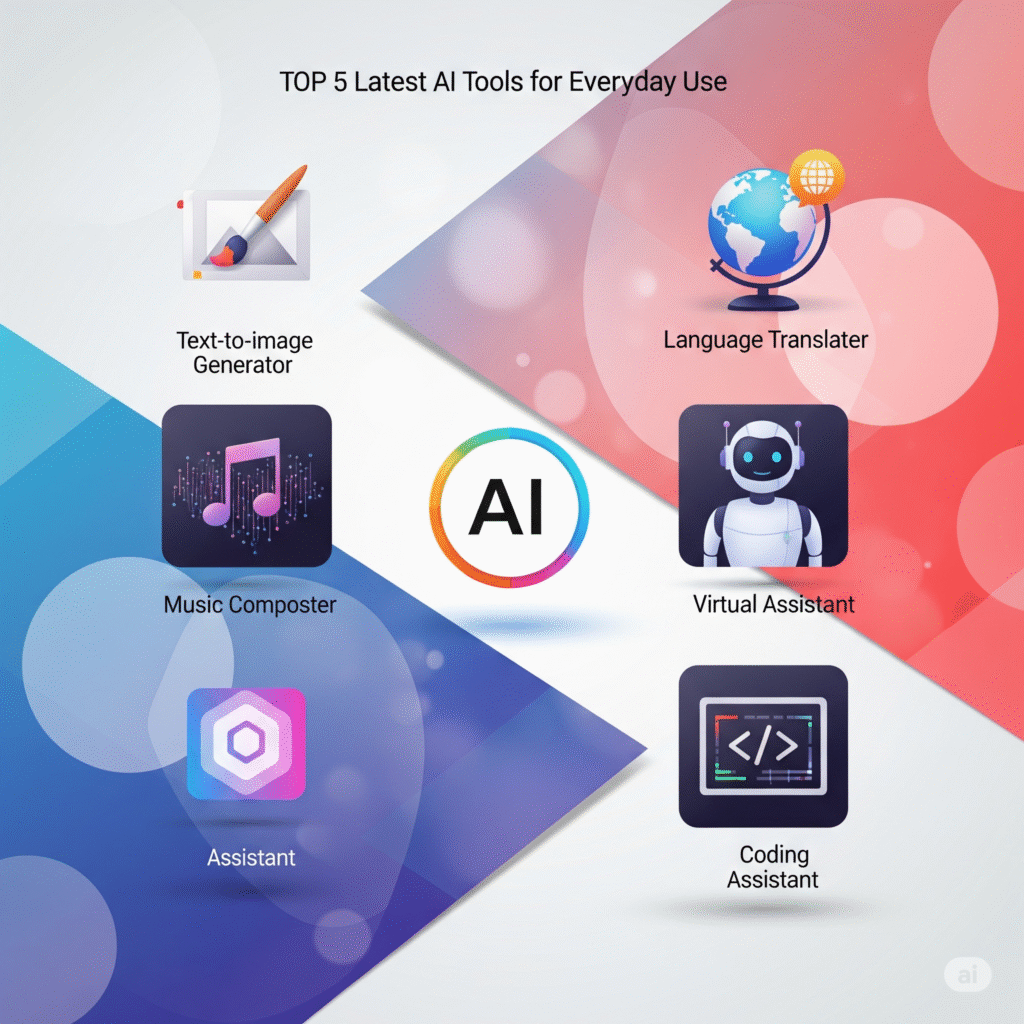Discovering the Best No-Code Automation Tools for Your Business
In today’s fast-paced digital landscape, businesses are continually seeking ways to optimize their workflows and improve efficiency. One of the most effective solutions is leveraging the best no-code automation tools. These innovative platforms enable users to automate tasks without the need for extensive programming knowledge, empowering teams to focus on more strategic initiatives.
What Are No-Code Automation Tools?
No-code automation tools are software platforms that allow users to create automated workflows through visual interfaces, often using drag-and-drop functionalities. This democratizes technology, enabling individuals from various backgrounds to build systems and processes that enhance productivity.
Key Features of No-Code Automation Tools
- Visual Workflow Builder: An intuitive interface that allows users to design workflows easily.
- Integration Capabilities: Seamless connections with various applications and services.
- Template Library: Pre-built templates to simplify the automation process for common tasks.
- User-Friendly Dashboards: Insights and analytics to track the performance of automated workflows.
Why Choose No-Code Automation Tools?
Investing in no-code automation tools can significantly benefit organizations by reducing reliance on IT teams, speeding up project delivery, and improving overall operational efficiency.
Advantages of Using No-Code Automation
- Increased Agility: Quickly respond to changing business needs without the lengthy development cycles traditional coding requires.
- Cost Savings: Reduce labor costs associated with hiring developers and increase overall project ROI.
- Enhanced Collaboration: Encourage collaboration between technical and non-technical teams, leading to innovative solutions.
Top No-Code Automation Tools in 2023
Identifying the best no-code automation tools can be challenging given the numerous options available. Here’s a curated list of some top-rated platforms that stand out in 2023:
1. Zapier
Zapier is one of the leading no-code automation tools that helps users connect different applications to automate repetitive tasks effortlessly. Its user-friendly interface and vast library of integrations make it a go-to for businesses of all sizes.
2. Integromat (Make)
Integromat, now rebranded as Make, offers advanced automation features, allowing users to create complex workflows with ease. Its visual editor and ability to add conditional logic help tailor automations to specific needs.
3. Airtable
Airtable combines database functionality with no-code automation features, enabling users to manage projects and automate workflows. Its interface is visually appealing and highly customizable.
4. Automate.io
Automate.io is a popular choice for teams looking to connect their favorite apps and automate tasks. With its straightforward interface, users can set up automation in minutes.
5. Microsoft Power Automate
Formerly known as Microsoft Flow, Power Automate allows users to create automated workflows between Microsoft applications and many other services, making it ideal for organizations already within the Microsoft ecosystem.
Conclusion
The best no-code automation tools offer businesses a powerful means to enhance productivity and efficiency without the need for technical expertise. By selecting the right platforms, organizations can streamline their processes, encourage collaboration, and ultimately drive growth. As more businesses recognize the advantages of automation, adopting no-code solutions will undoubtedly become a pivotal strategy for success in the digital age.
Exploring the Features of the Best No-Code Automation Tools
When selecting the best no-code automation tools, it’s vital to consider the features that will serve your specific needs. Many of these platforms come equipped with robust functionalities designed to simplify processes, enhance productivity, and minimize errors. From drag-and-drop interfaces to integrations with existing software, the right tool can transform your workflow.
One of the most sought-after features is the ability to automate tasks across multiple applications. Many no-code tools allow users to connect various apps seamlessly, enabling data transfer without manual intervention. This integration capability can help businesses streamline their operations and ensure that information is always up to date.
Ease of Use
Another critical aspect is user-friendliness. The best no-code automation tools prioritize intuitive design, which makes them accessible to users who may not have a technical background. Many platforms offer pre-built templates and workflows, allowing users to get started quickly without needing to build automations from the ground up.
Additional resources such as tutorials, documentation, and customer support can significantly enhance the user experience, making it easier for individuals and teams to implement automation solutions effectively. Choosing a tool that offers such resources can mean the difference between productivity and frustration.
Comparing Popular No-Code Automation Platforms
There are myriad options available in the market, and comparing them can be overwhelming. Some of the best no-code automation tools include Zapier, Integromat (now Make), and Airtable. Each has its unique strengths and weaknesses that might cater to different business needs.
For example, Zapier is renowned for its ease of use and extensive app integrations, making it a favorite among small businesses aiming to quickly automate repetitive tasks. In contrast, Integromat offers more advanced features for those looking for intricate automation scenarios, including conditional logic and multi-step workflows.
Airtable, on the other hand, combines project management with automation, reflecting a more holistic approach to both handling data and streamlining tasks. Selecting the right tool ultimately depends on your specific requirements, such as the complexity of management needs and scalability for future growth.
Cost Considerations
Lastly, it’s essential to consider the cost of these no-code automation tools. While some platforms offer free plans with limited capabilities, others may charge monthly fees based on usage or advanced features. Evaluating your budget and understanding how the tool aligns with your financial resources is critical to making a well-informed decision.
In conclusion, leveraging the best no-code automation tools can significantly elevate your business processes, save time, and allow teams to focus on strategic growth rather than mundane tasks. With the right features, ease of use, and cost considerations in mind, you can choose the perfect platform to enhance your business operations.


